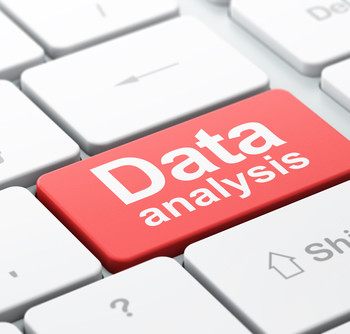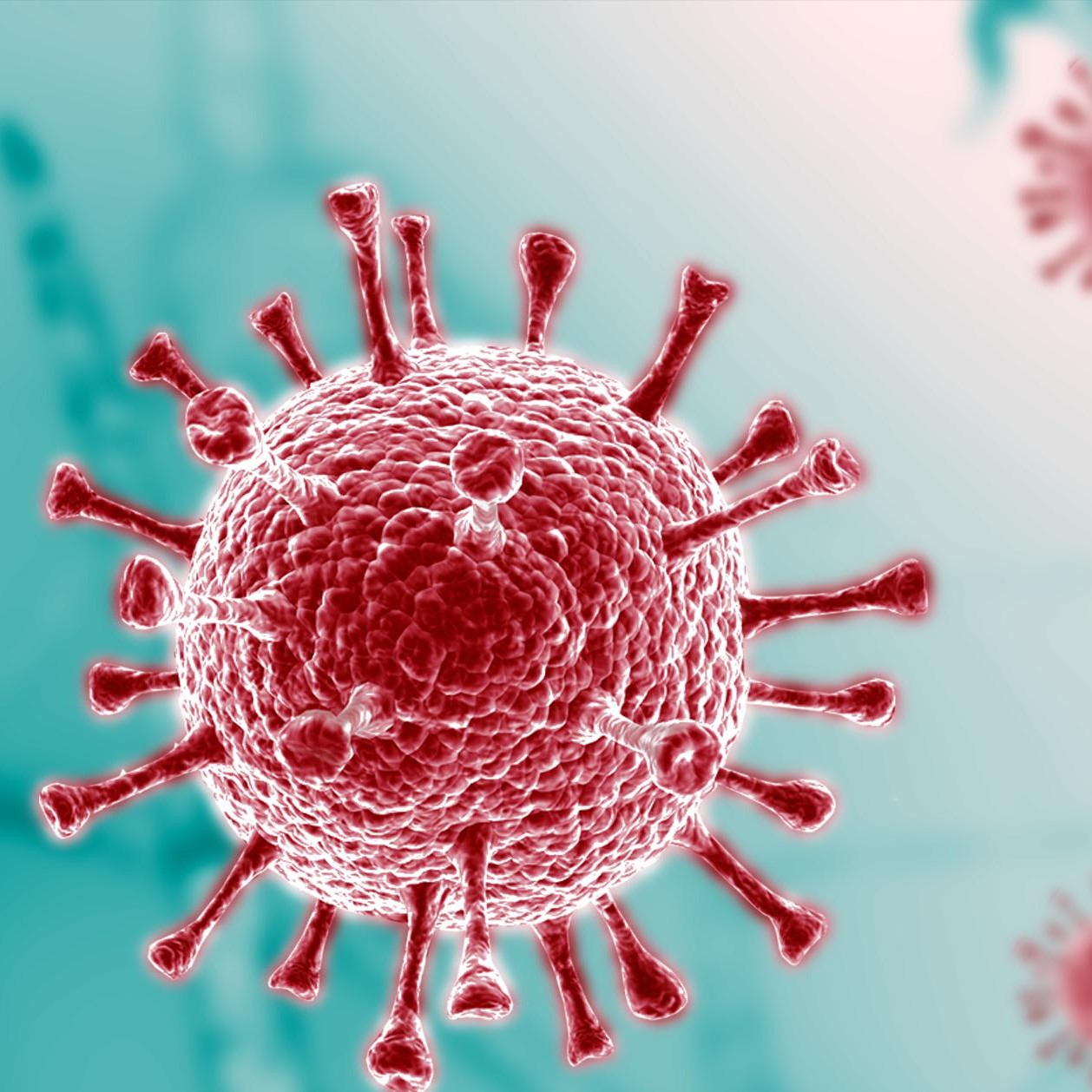Current Projects
Statistics and Plant Biology

Objectives: To provide a statistical framework that can accurately estimate the parameters in biological models in plant research, such as metabolic flux models or ecological models.
Read the story on statistics and plant science.
Symptoms of Long COVID-19

Objectives: To study the long COVID-19 symptoms and how the physical and cognitive functions are affected.
Read more about the grant to study Covid-19 symptoms..
Scaling Models for
Weightlifting Performances

Objectives: To develop formulas to scale the performance across the whole range of body mass, without artificial cut-offs, that reduce the bias of existing models and are easy to use by the weightlifting community.
Learn more about the Weightlifting Q Points Method.
Modules for Statistics Graduate Teaching Assistants Learning to Teach Equitably with Authentic Data

Objectives: To serve the national interest by designing and assessing resources for statistics graduate teaching assistants (GTAs). An overall goal is for GTAs to teach equitably with authentic data. Reforming introductory statistics is becoming increasingly important since statistical thinking plays a key role in harnessing the data revolution in a wide range of workplaces and in a variety of disciplines. (Jenny Green, Camille Fairbourn, and Maria Cruciani in collaboration with North Carolina State University)
Initial Data Analysis and
Data Quality

Objectives: To provide reliable knowledge about the data, to ensure transparency and integrity of preconditions for appropriate statistical analyses and correct interpretation of analysis results when answering research questions.
When Epidemic Models Meet Statistics: Understanding COVID-19 Outbreak

Objectives: To understand the impact of weather and government interventions on the COVID-19 virus spread in the presence of asymptomatic infections.
Functional Data Analysis-aided Learning Methods for Robust Wireless Measurements

Objectives: Many existing data-driven solutions are black-box approaches, may not be robust and adaptive, and work only for low-dimensional and discrete data. In fact, wireless data belong to the class of functional data, which can be represented by curves or functions. Advancements in modern Internet technology have enabled the collection of sophisticated, high-dimensional wireless datasets, which triggered the study of functional data for wireless measurements. We acknowledge the generous support from NSF